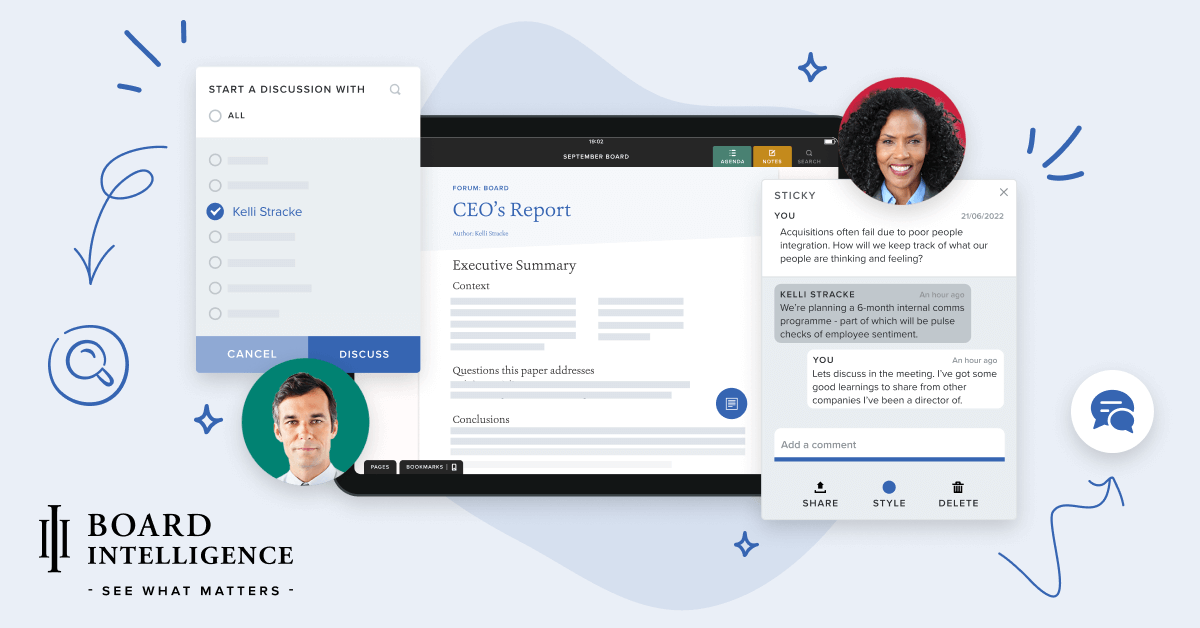The current mileage rate is a powerful tool for individuals and businesses seeking to lower their taxable income by claiming vehicle-related expenses. Whether you’re a small business owner, freelancer, or someone with eligible travel expenses, understanding how to leverage the current mileage rate effectively can lead to significant tax savings. For 2025, being proactive about your mileage tracking and deduction strategy is essential to maximize the benefits of this IRS-provided rate.
What Is the Current Mileage Rate?
The current mileage rate, updated annually by the IRS, is the standard figure used to calculate deductible expenses for miles driven for business, medical, moving, or charitable purposes. This rate simplifies the process of claiming deductions by eliminating the need to track individual vehicle expenses like fuel, maintenance, and insurance.
For example, if the IRS sets the 2025 mileage rate at 65.5 cents per mile for business use, every eligible mile you drive translates into a $0.655 deduction. Over time, these deductions can add up to substantial savings on your tax return.
1. Track Your Mileage Accurately
Accurate mileage tracking is the foundation for maximizing savings with the current mileage rate. Here’s how to ensure your records meet IRS standards:
Use a Mileage Tracking App
Apps like MileIQ, Everlance, or TripLog can automatically log your trips, categorize them, and provide detailed reports. These tools simplify the process and reduce the risk of errors.
Maintain a Manual Log
If you prefer a manual method, keep a notebook in your vehicle to record the date, purpose, starting and ending locations, and total miles for each trip. Consistency is key to avoiding discrepancies during an audit.
Separate Personal and Business Travel
Only miles driven for eligible purposes can be deducted. Keep personal and business travel distinct to ensure accurate calculations.
2. Combine Trips for Efficiency
Planning your travel strategically can help you increase your deductible mileage without unnecessary trips. Here’s how:
- Batch Errands: Combine multiple business-related errands into one trip to maximize mileage efficiency.
- Plan Client Visits: Schedule client meetings or site visits in the same area on the same day to reduce unnecessary driving.
- Use Multi-Purpose Travel: If you’re traveling for a business meeting, consider combining it with another deductible purpose, like purchasing supplies.
3. Leverage the Mileage Rate for Different Categories
The IRS sets different mileage rates for business, medical, moving, and charitable travel. Understanding these categories can help you claim deductions beyond business use:
Business Use
This is the most common category and applies to trips made for work-related purposes, excluding commutes.
Medical and Moving Travel
If you’re eligible, medical travel to doctor appointments or moving expenses for active-duty military members can also be deducted at the applicable rate.
Charitable Travel
Miles driven to volunteer for recognized charitable organizations qualify for deductions at a separate rate.
4. Choose the Right Deduction Method
The IRS allows taxpayers to choose between the standard mileage rate and actual vehicle expenses. Each method has its advantages:
- Standard Mileage Rate: Simpler and requires less documentation. Best for vehicles with lower operating costs.
- Actual Expenses: Involves tracking all vehicle-related costs, such as fuel, maintenance, insurance, and depreciation. Ideal for vehicles with high costs.
Compare both methods annually to determine which provides the greater deduction.
5. Optimize Your Vehicle Use
Maximizing savings isn’t just about tracking miles—it’s also about optimizing how you use your vehicle:
- Drive a Fuel-Efficient Vehicle: Lower fuel costs mean you’ll spend less on operating your vehicle while still claiming the same deduction per mile.
- Consider Leasing: Depending on your driving habits, leasing a vehicle might offer better financial benefits compared to owning.
- Plan Routes Efficiently: Use GPS apps to identify the shortest routes for business travel, reducing unnecessary mileage.
6. Stay Updated on Mileage Rate Changes
The IRS may adjust the mileage rate mid-year due to economic factors such as fluctuating fuel prices. Staying informed ensures you’re using the correct rate for each period.
- Check IRS Announcements: Visit the IRS website for the latest updates on mileage rates.
- Consult a Tax Professional: A tax advisor can help you apply the correct rates and ensure compliance.
7. Prepare for an IRS Audit
While the mileage rate simplifies deductions, the IRS requires thorough documentation to substantiate your claims. Here’s how to prepare:
- Retain Supporting Documents: Keep receipts for tolls, parking, or other travel-related expenses that complement your mileage records.
- Maintain Mileage Logs: Ensure your logs include all required details, such as dates, destinations, and purposes of travel.
- Keep Records for Three Years: The IRS can audit returns up to three years after filing, so retain all documentation for that period.
8. Consult a Tax Professional
Maximizing deductions with the current mileage rate can be complex, especially if you’re unsure about which trips qualify or how to track them effectively. A tax professional can:
- Provide Guidance: Help you identify eligible mileage and choose the best deduction method.
- Ensure Compliance: Assist with accurate record-keeping and documentation to avoid issues with the IRS.
- Optimize Savings: Identify additional deductions or strategies to reduce your tax liability.
Conclusion
Using the current mileage rate effectively can lead to significant tax savings for individuals and businesses alike. By tracking your mileage accurately, planning trips strategically, and staying informed about IRS updates, you can maximize your deductions and simplify your tax preparation. Whether you’re a freelancer, small business owner, or someone with deductible travel expenses, leveraging the mileage rate is a smart way to reduce your taxable income and keep more money in your pocket.





